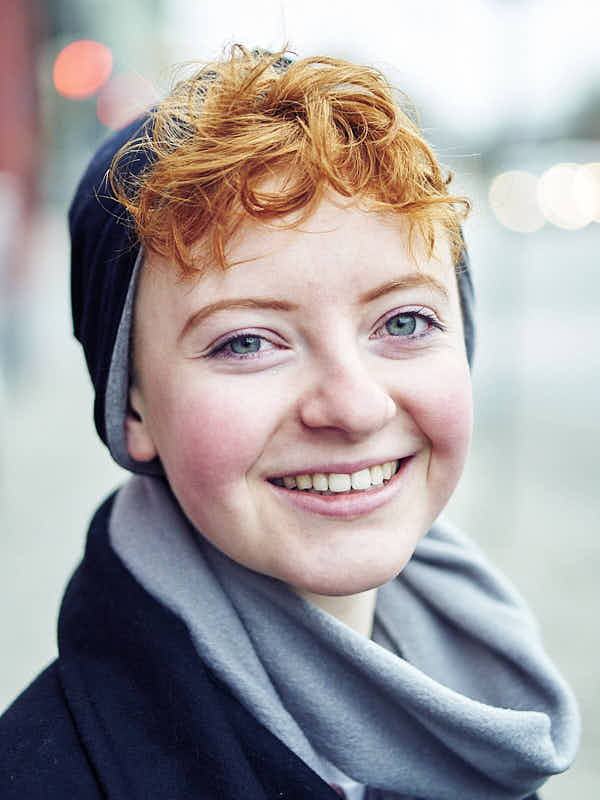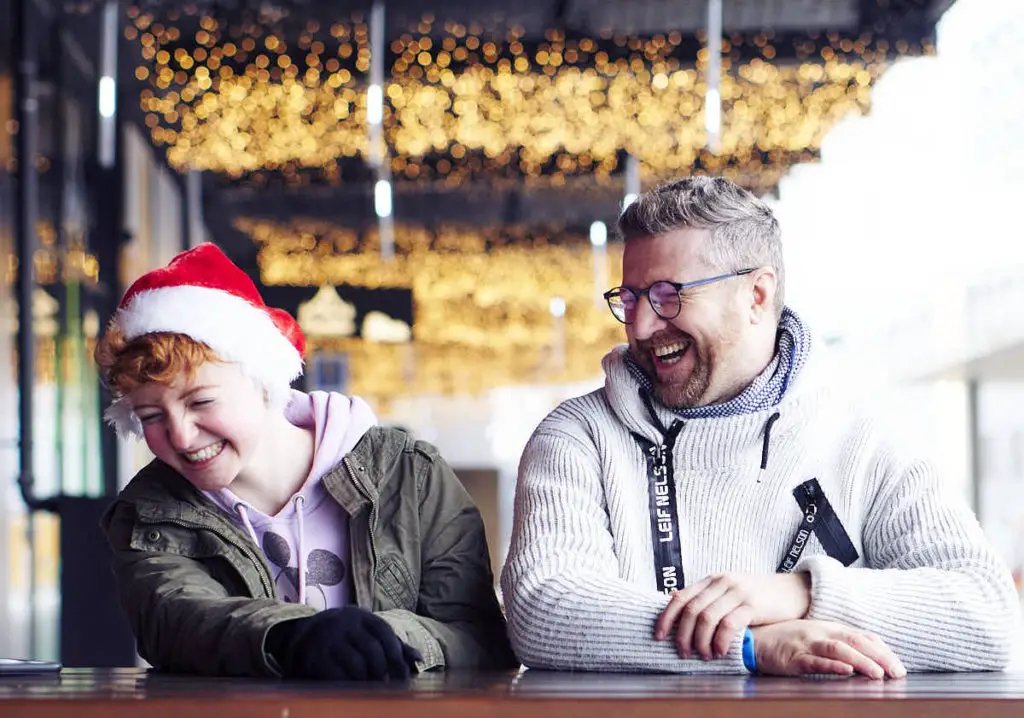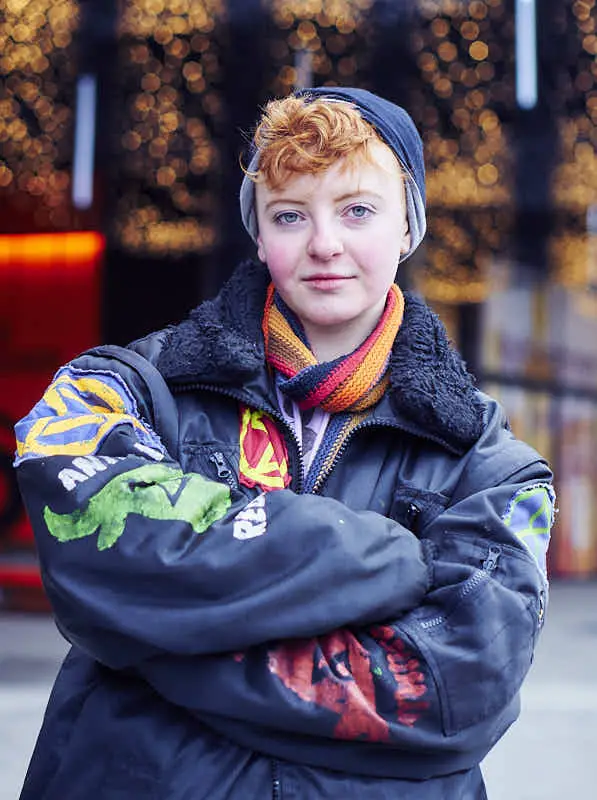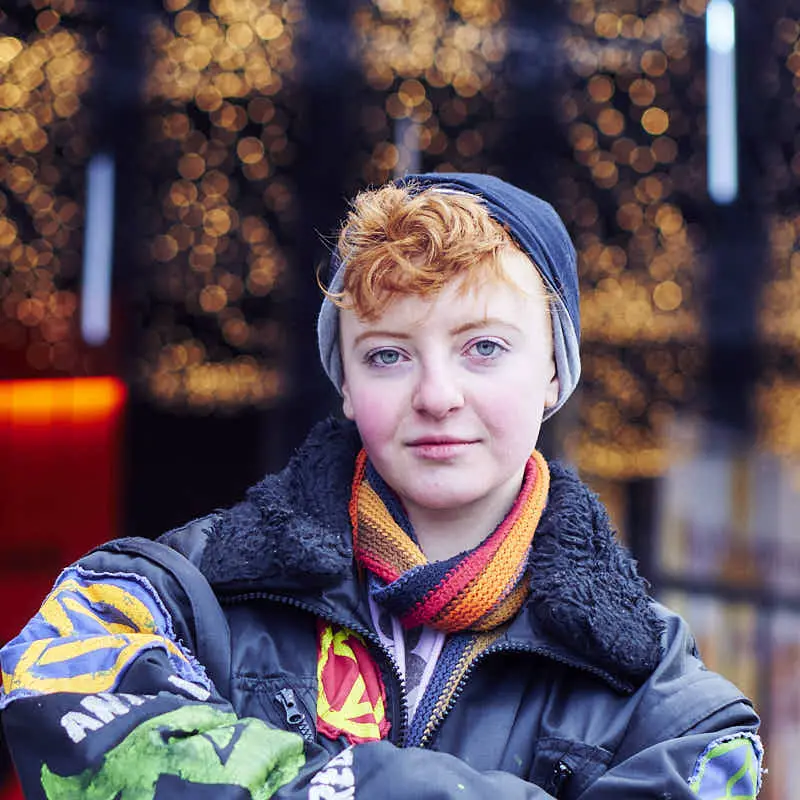A highly used trend in photography – even in some cinematography – bokeh effects have taken the imaging world by storm. The crystal clear focal point, surrounded by seemingly twinkling and blurred dots makes an image look ethereal.
Bokeh is a Japanese term that translates to “blur”. According to the Merriam-Webster Dictionary, the official definition is, “the blurred quality or effect seen in the out-of-focus portion of a photograph taken with a narrow depth of field.”
This may confuse some photographers with shooting to get a blurred background using techniques to create a shallow depth of field, but the effect of quality bokeh is different from these methods.
Good bokeh is achieved when, within the very blurred background, there are diagonal or round spots of light and color, highlighting the overall blur. The shape of the dots depend often on the type of lens that’s used in creating the image.
In an age where aesthetics reign, a good bokeh can define a good creative picture and a great work of art. The focal point of the image is made even more endearing when against a background softened and enhanced with this cool effect.
Tools of the Trade
To start creating a great bokeh effect begins with what kind of equipment you’re using. The body of the camera, the brand of it, makes little difference in creating bokeh (although, the settings are a different story, which we will get to later).
A Good Eye – The Difference a Lens Makes

To create a good bokeh effect with hexagonal shapes, an older lens with straighter blades of the aperture is a more likely lens you should use. If the round shapes of the bokeh are what pleases the eye, lenses with more and rounder blades like what’s common in today’s lenses.
Focal length can also help determine how quality your bokeh is. In lenses that are fast and not prime, with a focal range, stay as long as you can with the lens, without going to the extreme end of your range. For example, if your lens is 70 – 200 mm, use at least 150 – 180 mm to keep the distance right.
Prime lenses are definitely preferred, and for more reasons than just a dreamy looking bokeh. Creating a beautiful bokeh is best with a long-distance and shallower depth of field. The most shallow depth is created by widening the aperture. Keeping the f/stop as low as possible gives the best blur.
Set, Game, Match – Your Camera Settings
You have a great lens to know what style bokeh effect you can create, with an appropriate focal length. You aren’t quite ready to create that magical effect just yet, however. Your camera settings need a little toying with first.
Aperture priority or AV settings on your camera is a must to create a stunning bokeh. Again, one of the defining settings to give your photo that dreamy blur is a wide-open aperture. Setting your camera to make sure that the aperture is prioritized will help you, especially should you be using a fast lens.
Subject: Placement – Where is Everything Staged?
Your camera is ready, the settings set, the lens adjusted to the perfect aperture. Now is the moment of actually taking the shot and using your cool new skills. But, wait! Arranging your subjects in relation to the background, and you in relation to your subject is your next important step.
This part can feel a bit complicated, but once you get the hang of it, the placement of you and your subjects should be easy to remember. To get the most blur for your buck, place your subject as far away from whatever background you’re using to achieve as blurred effect as possible. This aids in creating a more shallow field of depth.

We obviously had a lot of fun on this TFP shoot
Having your focal point as close to you, with the background farther away, allows the subject to truly shine as the focus, and the pretty little orbs of the bokeh easier to create. Especially when using a lens with a shorter range, it’s important to get as close to the subject as you are able.
Get Creative – Outside the Lens Bokeh Effect
Sometimes it’s fun to play with what your equipment can do to test your limitless imagination – playing with bokeh effects is no different. Trying some innovative outside the box thinking can help create some beautiful art.
The Things You Can Create With Paper
Perhaps you are worried about the aperture or focal length of your lens – you may be using one that is newer, faster, and with a big range of focal planes. As long as you can still use as wide of the aperture as possible using a black paper trick can help give your bokeh a distinctive style and flare.
Take a piece of black construction paper and cut a tube that can go around the end of your lens. Next, cut a round piece that will act as a cap at the end of the tube – all this can be fastened together simply with tape. Before you fasten it all together, cut a 1/2 circle in the middle of the cap.
To get even more innovative, make the 1/2 inch shape something other than a circle – try hearts or stars iHavinga punch that can create these shapes is a handy and inexpensive way to create a sweet effect.
Foreground Matters, Too!

We have spent a great deal of time talking about the perfect bokeh effect by creating a blurred background – but as is often done in cinematography, the foreground is a great place to stretch these muscles too. As long as you are careful to maintain pinpoint focus on the subject itself, this can be a cool and unique method to create a different style of bokeh.
The use of light reflected off a window through which you can see your subject helps create a good bokeh effect in your foreground. Remember to take steps to make sure your reflection isn’t in the shot. Using a window often gives you an amazing blurred background AND foreground, leaving your eye to draw to the subject in every way, while appreciating the softening effect of the bokeh.

